Pakistan’s cities scorching under 50C heat
Parts of Pakistan have been sweltering in more than 50 degrees Celsius as climate change has sent temperatures soaring above normal levels.
Many cities such as Jacobabad in Sindh won’t be liveable in a few years due to the rising temperature. People of Jacobabad say the loss of trees and lack of water facilities makes record-breaking temperatures unbearable.
In May, mercury levels soared to an unprecedented 50 degrees Celsius in Jacobabad, the highest temperature recorded this year so far. It was followed by 49.7C in Larkana, 49.5C in Dadu, and 49.3C in Khairpur districts, making the southern province of Sindh the hottest spot on the planet.
The Indus Valley (Pakistan) is one of the places most vulnerable to climate change in the world, there are fears that Jacobabad’s temperatures may increase even more.
A 2022 documentary by independent filmmaker Shehzad Hameed Ahmad shows the existential crisis affecting Pakistan by climate change. It traverses Jacobabad’s heatwave, Sukkur’s dying Indus, Gilgit’s melting glaciers and highlights efforts to mitigate the crisis.
The scorching heat wave has transformed several cities into hell on earth. It has destroyed crops and ice sheets, causing an acute water shortage and a looming major food crisis. The Ministry of Climate Change estimates that climate change could cost the country $10 billion a year in disaster response apart from the massive economic losses.
Planting trees must be an integral part of our policy to tackle frequent heat waves in Pakistan, heatwave cost lives & people’s livelihoods. Due to the absence of trees and vegetation, our cities and even rural areas have now become hotter than normal.
According to a study by the UN Food and Agriculture Organisation (FAO), planting trees in urban areas could help cool the temperature between two to eight degrees Celsius. This would help cut by over 30pc the use of air conditioners which also contributes to urban warming.
Absence of green areas, rapid rise in automobiles, soaring concrete jungle, emission of heat from air conditioning units, and encroachment on natural waterways even on riverbed are some of the reasons behind frequent heatwaves and rising temperatures.

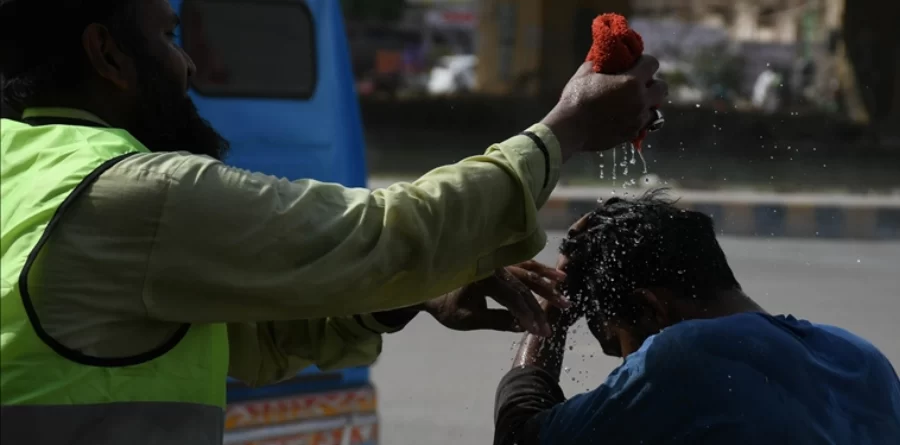


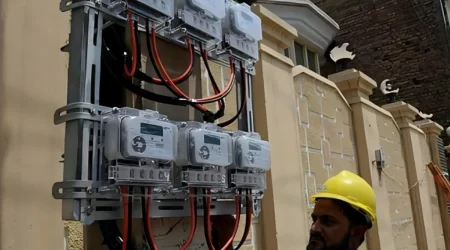
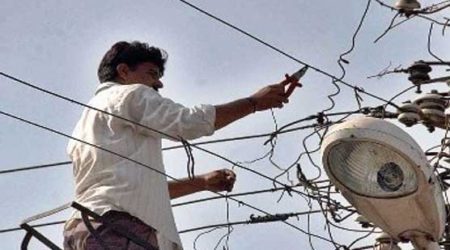
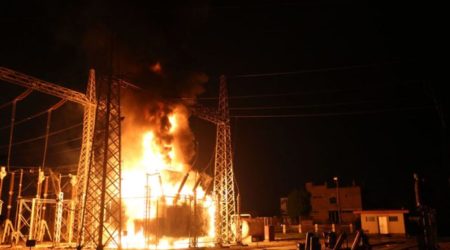

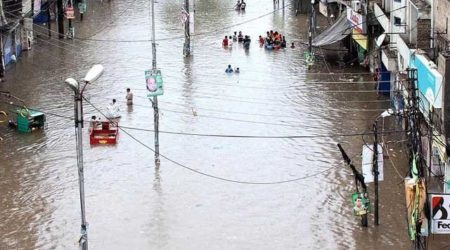
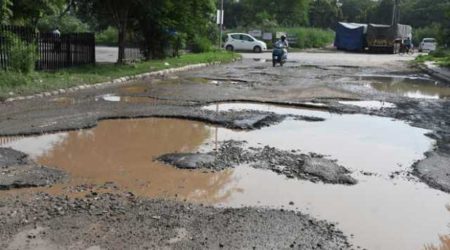

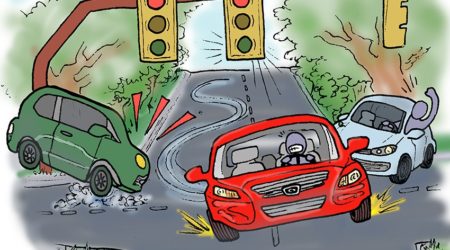
Leave a Reply